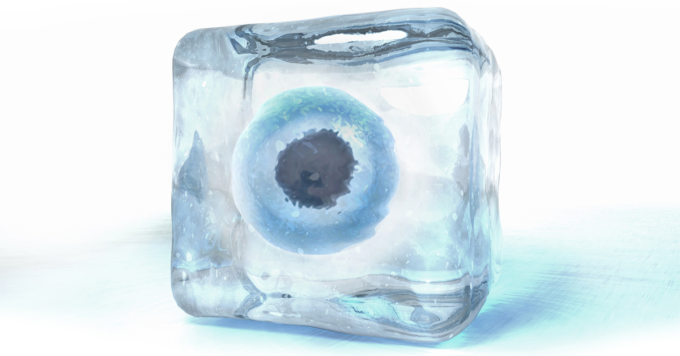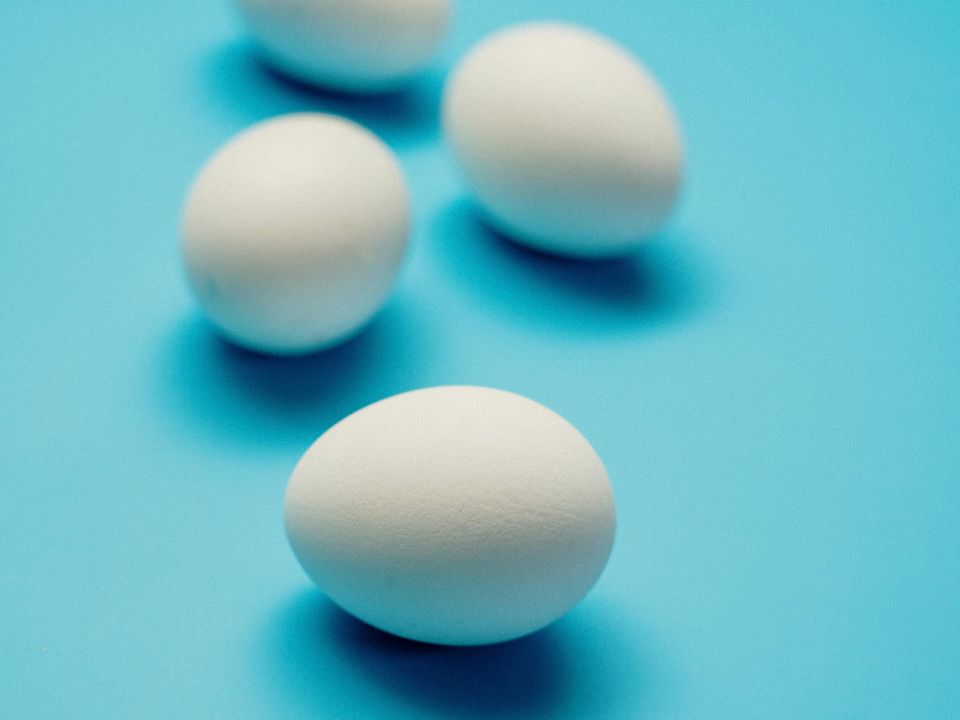Vitrification is a much more effective procedure than slow freezing, which is the cryopreservation technique that was commonly used before vitrification was invented. However, the eggs and embryos’ survival rate depends on their specific resistance to the freezing procedure, the experience of the specialist who performs it, as well as the technology used. Ingenes specialist team is constantly trained by the world’s most experienced scientists in this area to ensure the best success rates regarding egg and embryo vitrification.
When eggs and embryos are vitrified they are cooled about 600 times faster than with conventional freezing. In a single instant, the eggs and embryos go from room temperature to that of liquid nitrogen, which is -196°C.

The vitrification technique is useful in the following cases:
- Cancer patients can vitrify their eggs before undergoing toxic treatments like chemotherapy or radiotherapy (which can cause premature menopause and entail the risk of losing fertility), preserving the possibility of being mothers once they overcome their disease.
- It helps women with autoimmune diseases such as lupus or rheumatoid arthritis to preserve their fertility before being treated with toxic drugs
- It also provides a solution for women who wish to postpone motherhood without the fear that age-related infertility may arrive before they are ready to have children. Given that, a woman’s fertility starts to decrease at 27 and declines drastically after 35, it is important for women who wish to postpone motherhood to vitrify their eggs when they are still young, as low-quality eggs may hinder their pregnancy probability afterwards.
- Vitrification can also be used to preserve a woman’s eggs after an egg retrieval procedure to be used in a future in-Vitro Fertilization (IVF) cycle. This prevents the patient from going through another ovulation induction procedure, with the physical and economic stress they entail.
- It allows the viable embryos that were not transferred after an in-Vitro Fertilization (IVF) procedure so they can be used later if pregnancy is not achieved or if the couple decides to have another baby.
Vitrification is a much more effective procedure than slow freezing, which is the cryopreservation technique that was commonly used before vitrification was invented. However, the eggs and embryos’ survival rate depends on their specific resistance to the freezing procedure, the experience of the specialist who performs it, as well as the technology used. Ingenes specialist team is constantly trained by the world’s most experienced scientists in this area to ensure the best success rates so you and your partner can achieve your dream of being parents in the least number of attempts.
How is vitrification performed?
Egg freezing is a much more delicate procedure than freezing semen or embryos. Unlike sperm cells, which are much smaller in size and contain very little water, human eggs are relatively large cells with a lot of water inside them.
As a result, they are highly susceptible to forming ice crystals during a conventional freezing procedure. Such ice crystals act as microscopic blades, which damage cell membranes, causing permanent damage and deterioration of the cell. However, in a vitrification procedure cells freeze so quickly that water molecules do not have time to form these crystals.
Unlike slow freezing methods, which take up to two hours to take the eggs to a proper freezing temperature, egg vitrification takes only a few minutes. To be able to perform egg vitrification, a patient must undergo an ovarian stimulation cycle to achieve the production of several mature eggs. These are then extracted in a procedure called egg retrieval, which is extremely simple if performed by experienced personnel using adequate technology.

Once retrieved, all viable eggs are selected, a cryoprotectant solution is added to them, and they are placed in special straws and submerged in liquid nitrogen. The straws with the patient’s vitrified eggs are duly marked and identified and are stored in specialized tanks, where they can be kept for years until the woman is ready to have children.
The devitrification (thawing) procedure is very simple and safe. The eggs must be heated rapidly to reach body temperature and separated immediately from the cryoprotectant. Once thawed, they normally retain the same viability as the moment on which they were frozen, and can be fertilized by Intracytoplasmic Sperm Injection (ICSI), in which a single sperm is injected directly into its cytoplasm.
While it is true that in some rare cases, some eggs may be sensitive to freezing and may not survive after thawing, it is important to consider that a much greater percentage of eggs survive and develop adequately after vitrification than after a slow freezing procedure.
Egg loss after a conventional freezing and thawing process is between 20 and 30 percent. Meanwhile, more than 95 percent of vitrified eggs survive and develop correctly.
In some cases better success rates can be obtained with vitrified eggs than with fresh eggs, as the medication used to induce ovulation at In vitro fertilization (IVF) procedures can sometimes influence the endometrial receptivity, reducing the patient’s embryo implantation rates. This is avoided if the vitrified eggs are used to generate embryos, which are transferred in a posterior ovulatory cycle.
As these cells are very sensitive to freezing, the loss of some eggs is sometimes inevitable. Therefore, experts recommend vitrifying at least ten eggs. In comparison, if slow freezing were used, it would be necessary to store between 50 and 100 eggs to achieve the same results, and while the pregnancy rate for slow-frozen eggs is very low, about half of the patients who use vitrified eggs achieve a successful pregnancy.
In the case of embryos or fertilized eggs, the traditional preservation process of slow freezing has proven to be effective. However, vitrification always provides better results. Embryos can be vitrified at any developmental stage, from before the first cell division takes place (zygote) to the blastocyst stage, which usually occurs 5 to 6 days after fertilization.
Vitrification is a much more effective procedure than slow freezing. However, the eggs and embryos’ survival rate depends on their specific resistance to the freezing procedure, the experience of the specialist who performs it, as well as the technology used. Ingenes specialist team is constantly trained by the world’s most experienced scientists in this area to ensure the best success rates so you and your partner can achieve your dream of being parents in the least number of attempts.


